The Shocking Truth About What’s Replacing Trans Fats in Your Food—and Why You Should Care Now
Remember when partially hydrogenated fats ruled the food aisles — silently sneakily sneaking trans fats into our diets for decades? Well, if you blinked, you might’ve missed the foodie revolution that kicked those villains to the curb. But hold your kale chips! The exit of trans fats hasn’t exactly ushered in a golden age of innocent, wholesome fats. Nope — it’s more like a game of dietary musical chairs, where one processed fat gets ousted and another slips in wearing a shiny, trans-fat-free label. Sounds like a plot twist you didn’t see coming, right? As someone who’s been soaking up nutrition science for years — and navigating the SEO jungle for even longer — I can tell you this: understanding what’s really going on with trans fats and their so-called “healthy” replacements is not just helpful, it’s essential. Because beneath those neat labels and health claims lies a mystery worth unfolding, for the sake of our cholesterol, our hearts, and yes—our grocery carts. Curiosity piqued? Let’s unravel this fat saga together. LEARN MORE
If you’ve missed the news from recent years, partially hydrogenated fats are dead, and with them trans fats. Long live healthy fats!
But not so fast, unfortunately. The truth is a little trickier since the departure of one common processed fat only makes way for another, and understanding trans fats and healthy alternatives is more important than ever.
It should not be news that trans fats are an unhealthy option, one that has been used in the food industry for decades.
In recent years, the regulations around hydrogenated fats have changed. But what hasn’t changed is the processed food industry’s need for an inexpensive and solid fat for baked goods and other shelf-stable foods.
This has opened up space for new processed fats that can be labeled as not having trans fats but still have all the perks of hydrogenated oils. A deeper dive is certainly necessary to understand the changes and what we can expect to see more of on our grocery shelves.
Getting Up to Speed on Partially Hydrogenated Oils and Trans Fats
Partial hydrogenation was first introduced in the early 1900s as a way to produce shelf-stable cooking fats that were solid at room temperature. In fact, it won Frenchman Paul Sabatier the Nobel Prize in chemistry in 1912.
Before this, animal fats like butter and lard were used for baked goods because they created the desired flakiness. But they weren’t very shelf-stable and were believed to be unhealthy. They were also more expensive than seed oils.
As the desire to reduce saturated fats increased, partially hydrogenated oils (PHOs) were used for frying and for margarine as a butter replacement.
At the time, it was not understood how unhealthy the trans fats these oils contained were for you. As this has become more well-known, the demand for trans fat regulation has increased.
A fat’s type is determined by the type of bond between carbon and hydrogen atoms on a molecule.
Saturated fats have only single bonds between hydrogen and carbon. Monounsaturated fats have one double bond, and polyunsaturated fat has at least two double bonds.
A naturally unsaturated fat will have a double bond with the hydrogens on the same side of the molecule. But a trans fat has a double bond with hydrogen atoms on opposite sides of each other.
This occurs through a process in which hydrogen is added to a saturated fat. But trans fats do also naturally occur in very small amounts in some meats and dairy.
Beginning in 2006, the FDA began requiring all packaged foods to include trans fat quantities on food labels.
The Health Risks of Trans Fats
These trans fatty acids have been found to raise LDL cholesterol and triglyceride levels, lower HDL levels, and promote inflammation, highlighting the need to explore trans fats and healthy alternatives in our diets.
It was with this in mind that the FDA removed partially hydrogenated oils’ Generally Recognized As Safe (GRAS) designation in 2015. It gave until 2018 for manufacturers to stop producing foods with PHOs. And by the end of 2020, the foods had to be off the shelves.
As we explore the history and impact of PHOs, it’s helpful to think in terms of trans fats and healthy alternatives for better dietary choices.

Palm Oil as an Alternative to Partially Hydrogenated Oils
This huge change in the food industry meant that manufacturers needed to find replacements. And they were not about to go back to lard.
There have been a number of options that have been turning up on store shelves.
Palm oil has made a resurgence after falling out of favor for many years. Unfortunately, most palm oil is heavily processed. There are unrefined palm oils, but some people are put off by their odor and taste. (This is different from palm kernel oil, which is extracted from the seed of the palm.)
Additionally, the production of palm farms has led to mass deforestation, mostly in Indonesia and Malaysia. If you want to use palm oil but don’t want to add to the impact on South-East Asian rainforests, you can look for Roundtable on Sustainable Palm Oils (RSPO) certification.
You will usually pay quite a bit more for higher-quality and rainforest-safe palm oil and palm oil-containing foods.
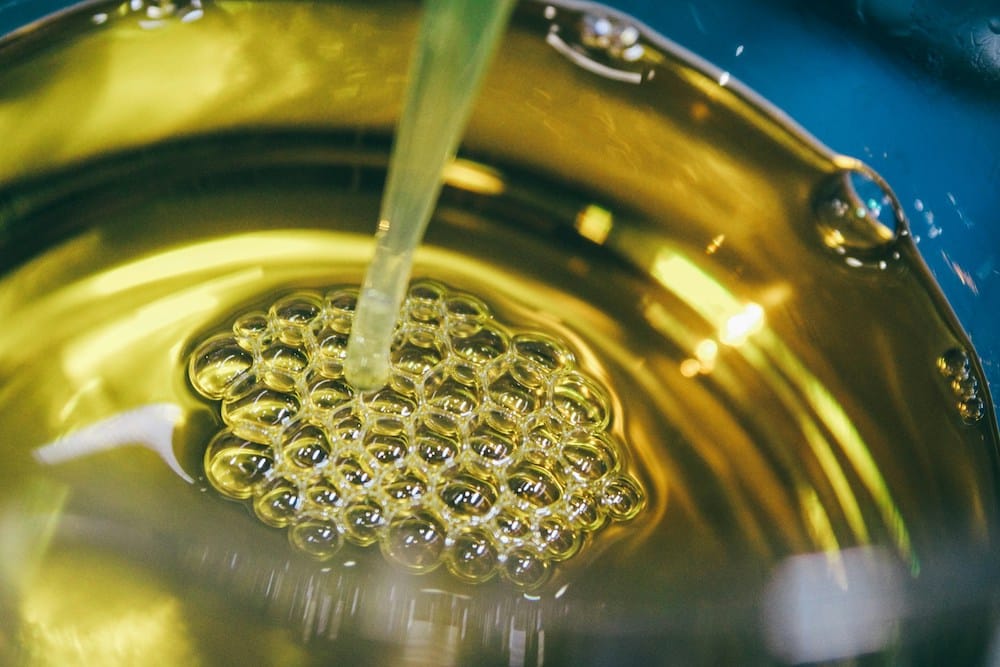
Are Interesterified Fats the Future?
One of the newest alternatives to PHOs is one that has the processed food industry practically giddy. That’s because it is cheap, shelf-stable, and doesn’t have to be labeled.
Interesterified (IE) fats use one of two processes, either chemical or enzymatic. The chemical process has been around since the 1940s and is cheaper due to the cost of the enzymes used in the other option. But chemical esterification is less controlled and produces less overall product.
Potential Health Effects of IE Fats
Although the assumption was that changing the structure of the fat would not affect health, the limited research that has been done and shared on IE fats indicates otherwise.
Studies hint at the process negatively affecting metabolism of fats, blood sugar balancing, immune function and liver health.
Most trouble is the lack of research. While there have been plenty of studies on IE fats, human trials have been quite limited. The functionality and chemical makeup have been considered, but not the impact on health.
The good news of the research that has been done is that IE fats may not raise LDL levels like trans fats do. And they can slightly lower concentrations of D-dimers, which can be an indication of increased risk of blood clots.
The bad news is that some studies point to IE fats raising overall LDL-to-HDL ratios and fasting glucose levels similar to the results found from trans fats.
And while it is clear that more research is in order for interesterified fats, in the meantime, you may not know if you are consuming them. That’s because they are not required to be labeled as such.
Currently, IE fats may be listed as “fully hydrogenated” or “structured fats.” They may also be listed as the oil type (like palm or vegetable oil), but do not share that they have been modified.
Until more research is done, it’s important to stay informed about trans fats and healthy alternatives so you can make better choices for your health.
We Need More Research, We Need More Options
It is clear from the lack of research, especially on humans, that we need more information about the current alternatives to PHOs, so anyone interested in nutrition should pay attention to trans fats and healthy alternatives.
While animal-based options have been around for thousands of years, there are issues around cost, stability, and choice for those avoiding animal products.
And although overly processed foods aren’t the healthiest options, consumers deserve to know what is in their food and how it might impact their health.
Whether you want to dip your toe into nutrition education without the full commitment of a certification or you’ve completed your schooling and want some refreshers, check out the Nutrition Therapy Institute’s enrichment classes.
The ABC Program (AnyBody Classes) offers classes that are one-off and completely online, giving you the freedom to take the course when you want to. Enroll now!
About the author: Maya Strausberg earned her Master Nutrition Therapist certification from NTI before starting her nutrition therapy private practice. She now offers writing and editing services for nutritionists and other health practitioners around the world through her business, Family Tree Nutrition.
Images:
- Photo by HamZa NOUASRIA on Unsplash
- Photo by Rogerio Lau on Unsplash
- Photo by Fulvio Ciccolo on Unsplash



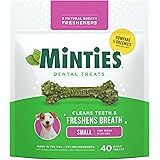
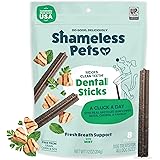


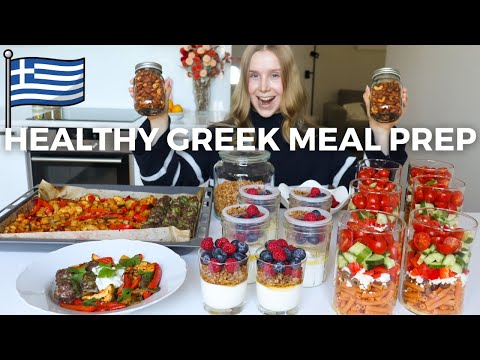


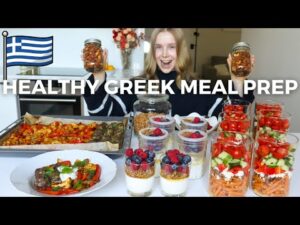


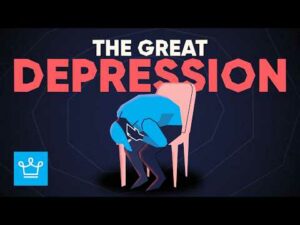






Post Comment